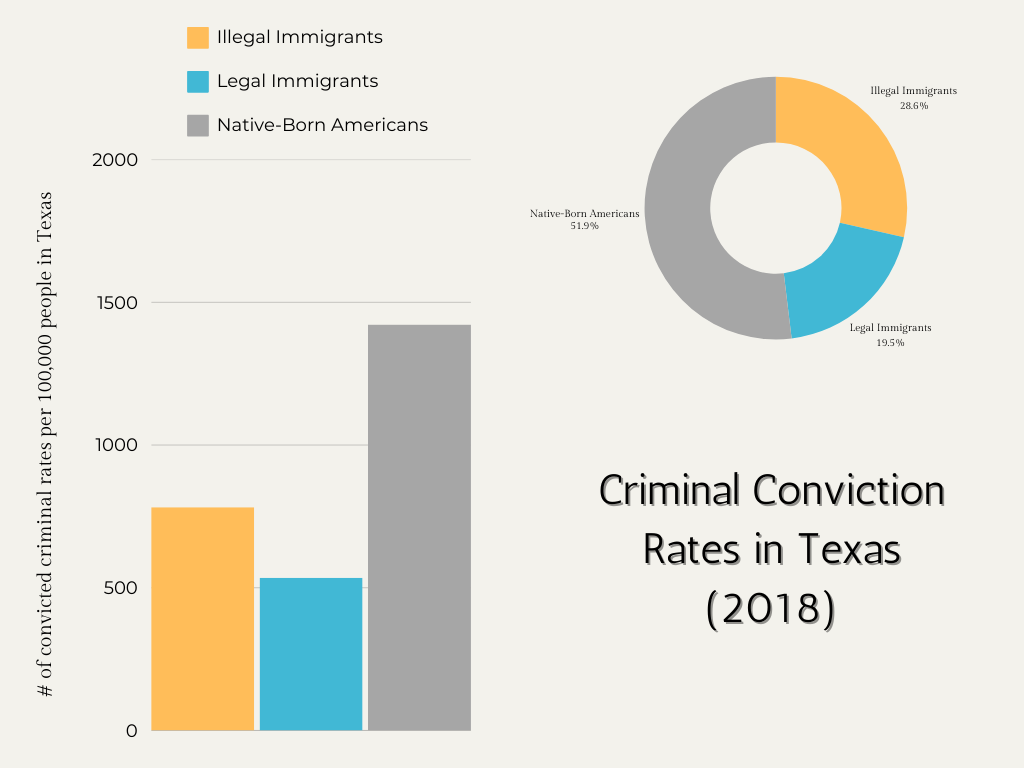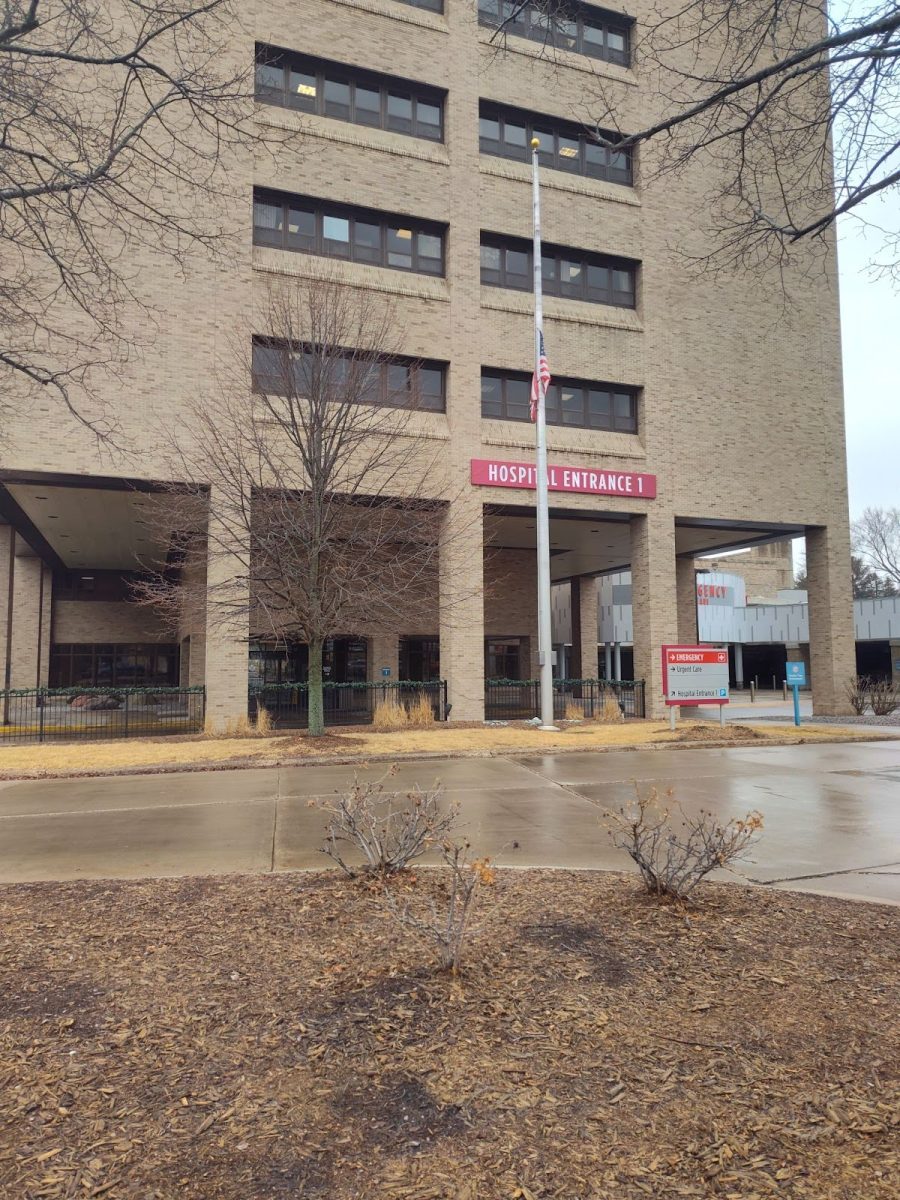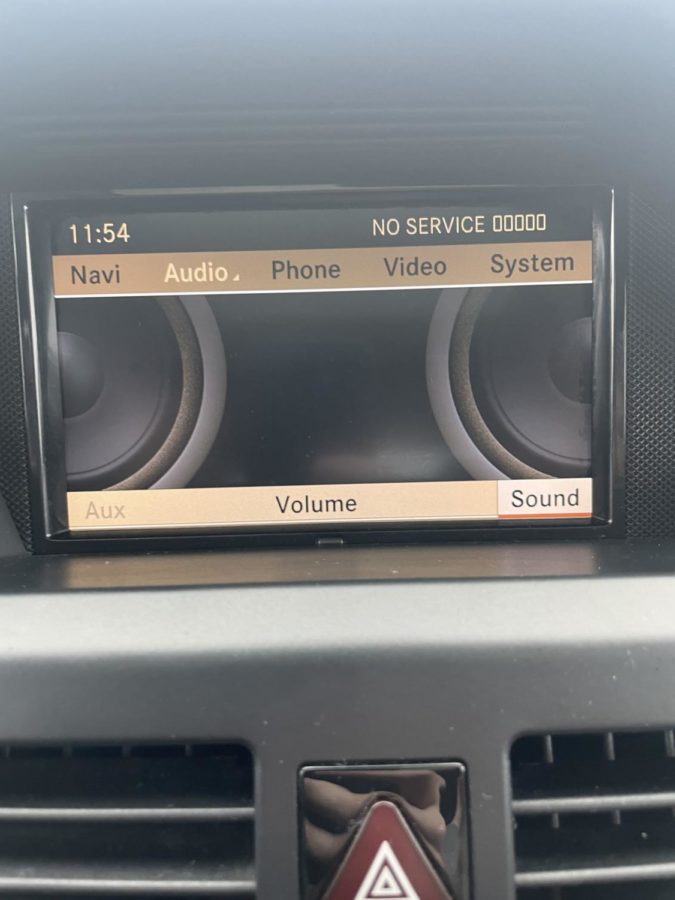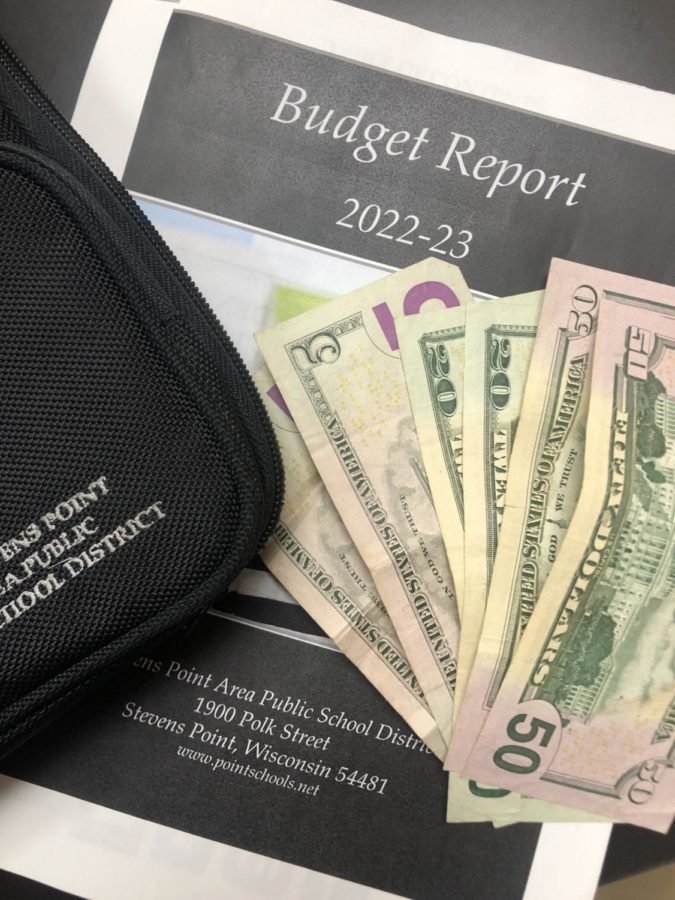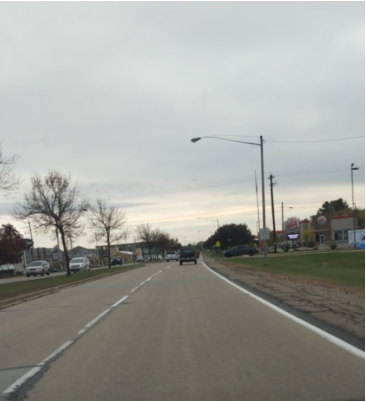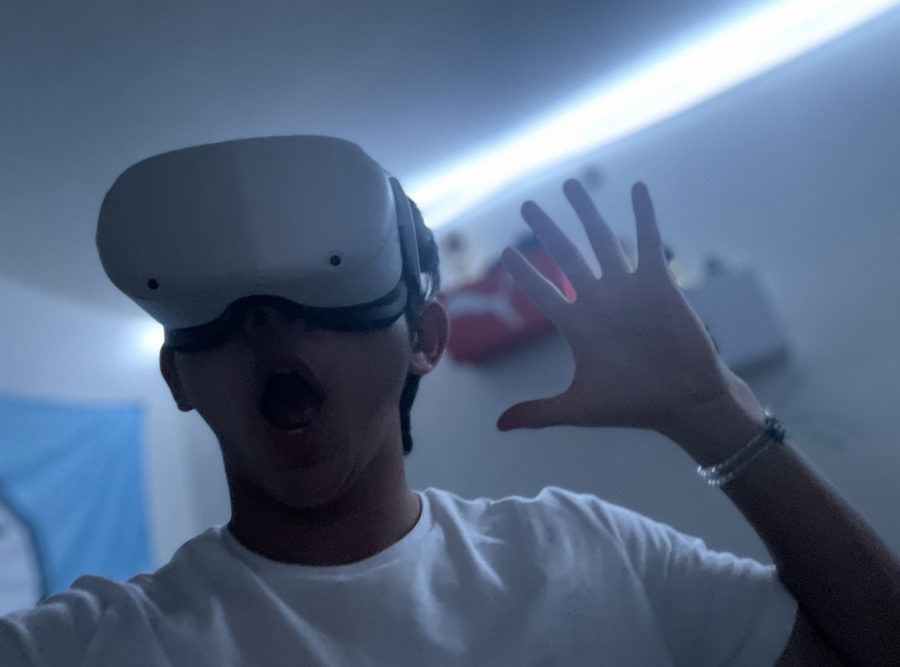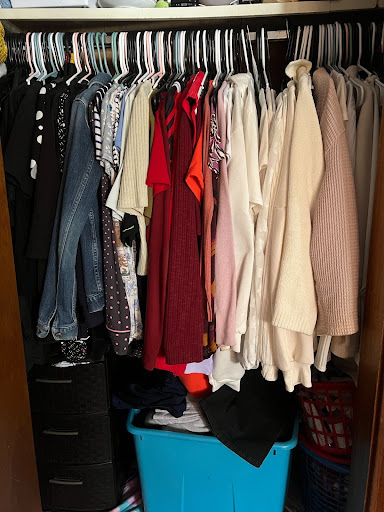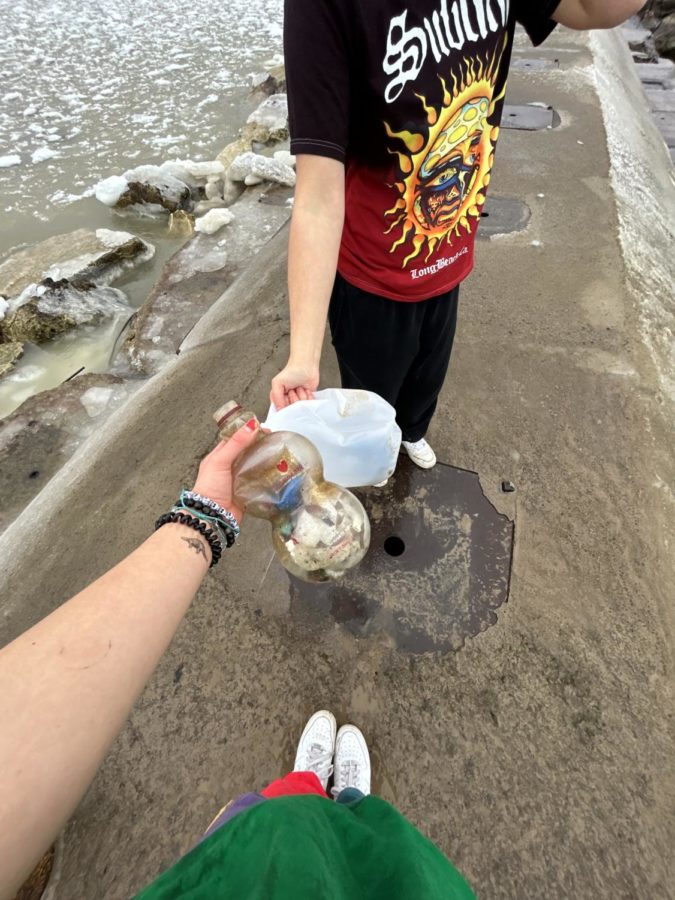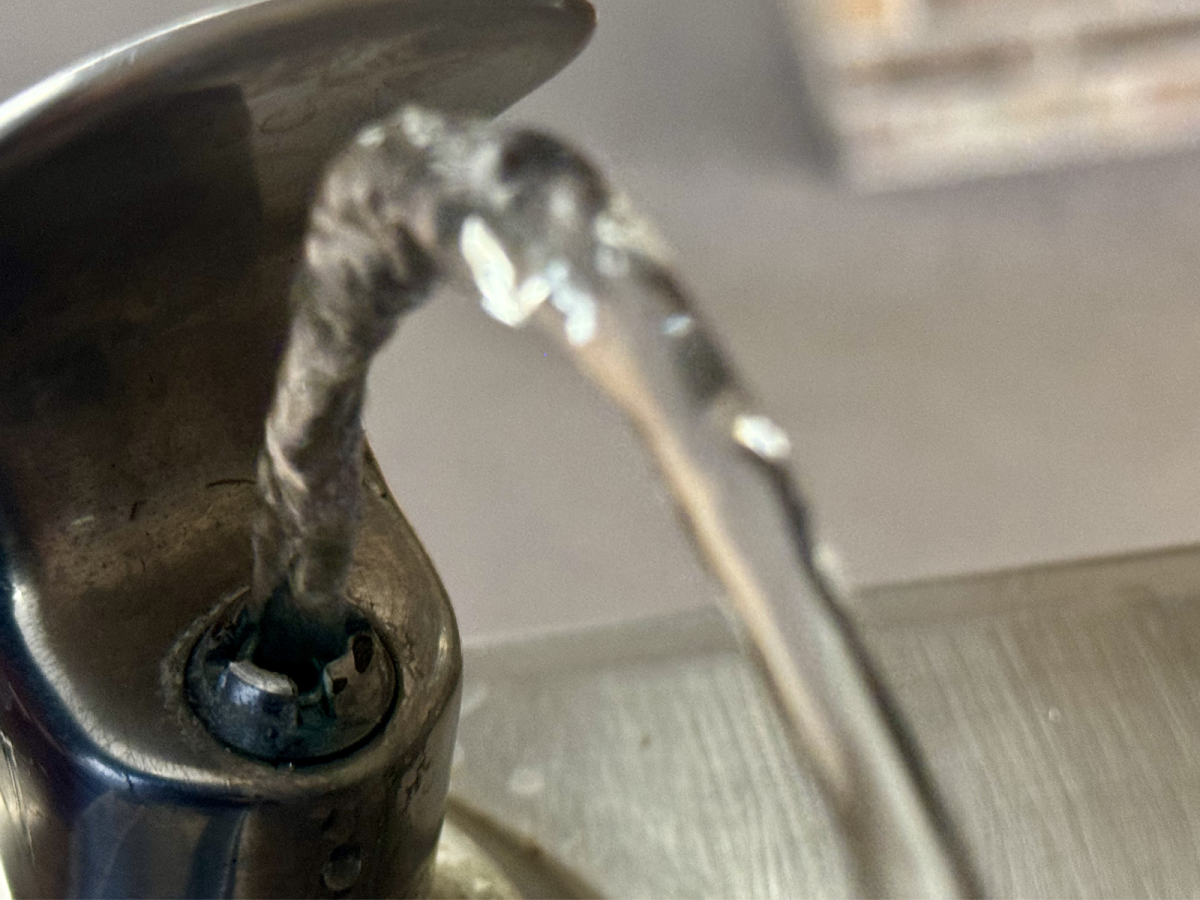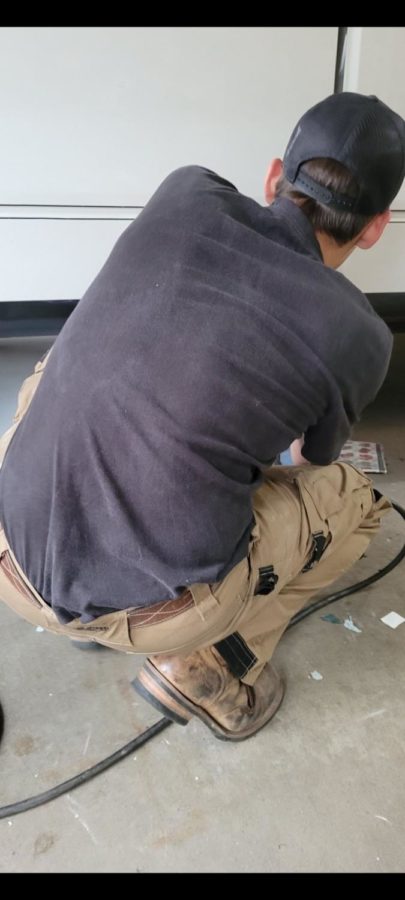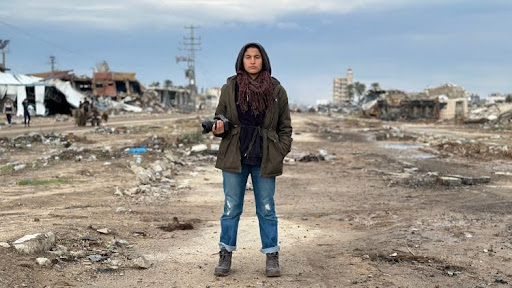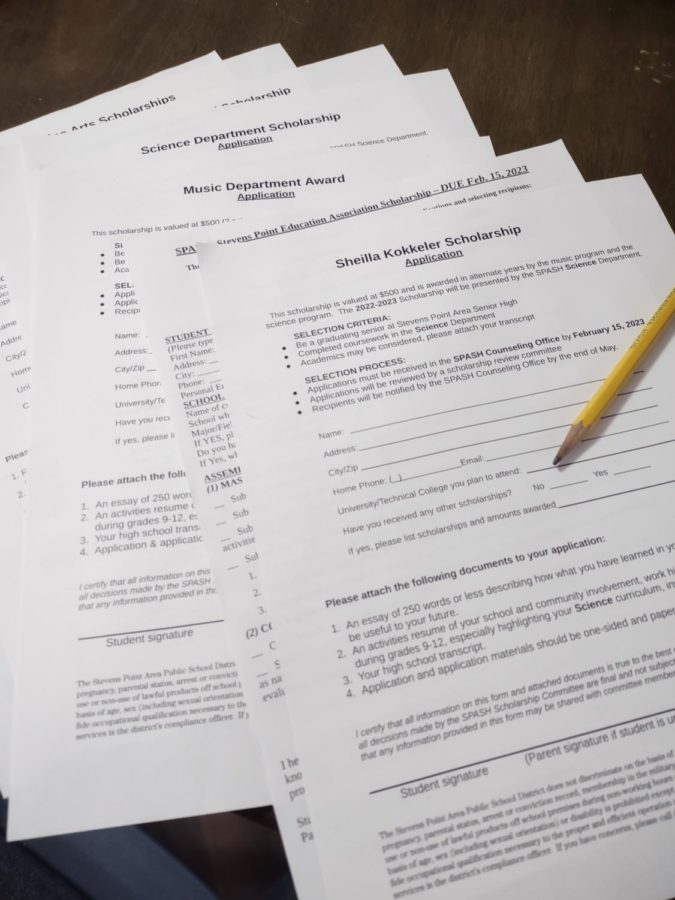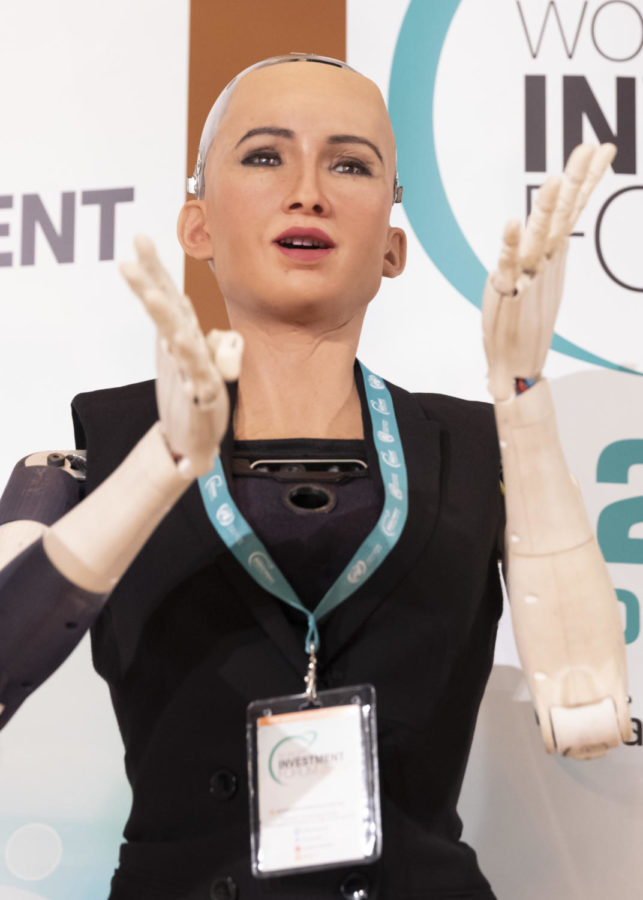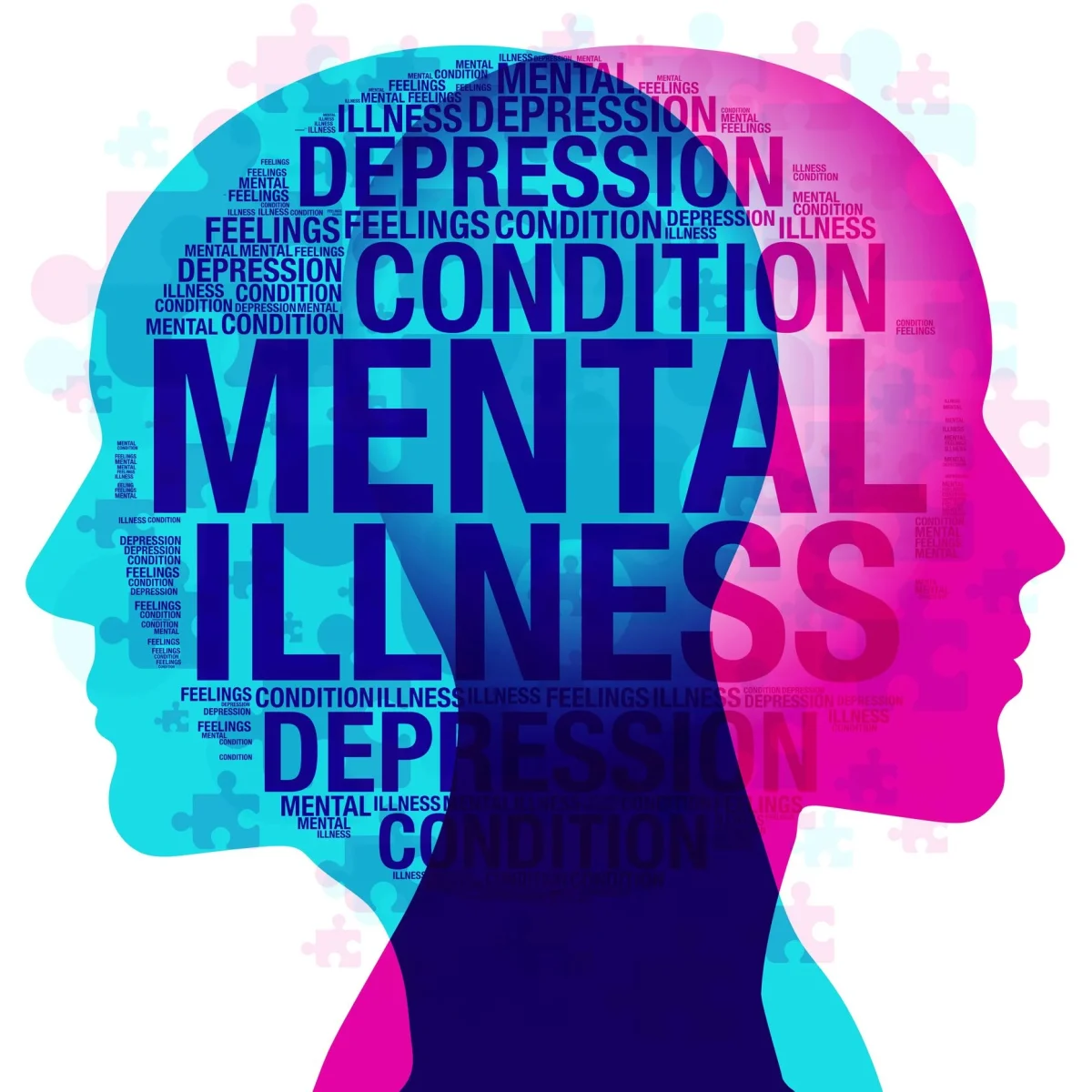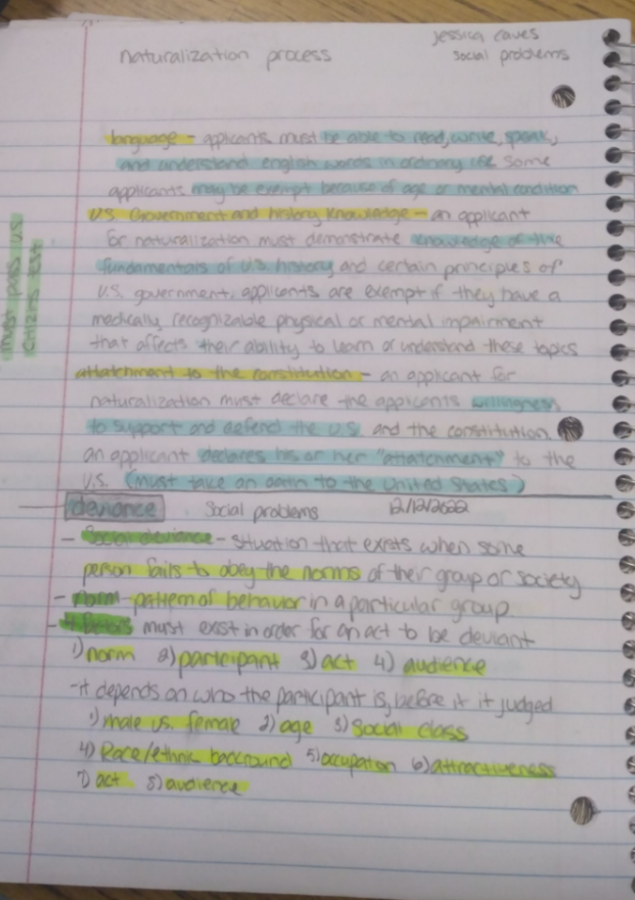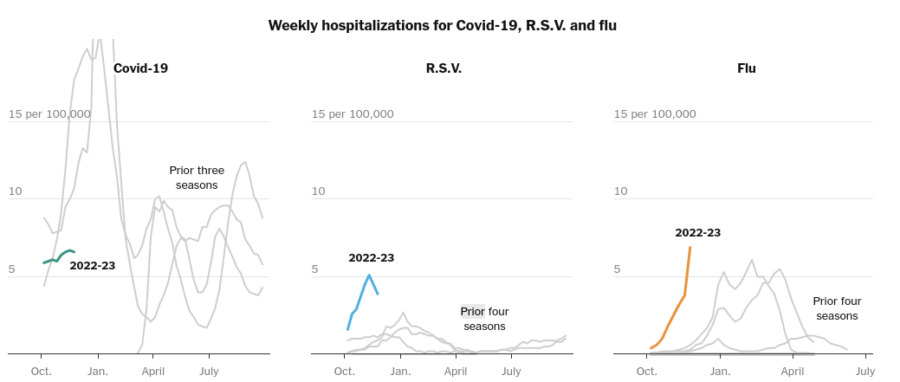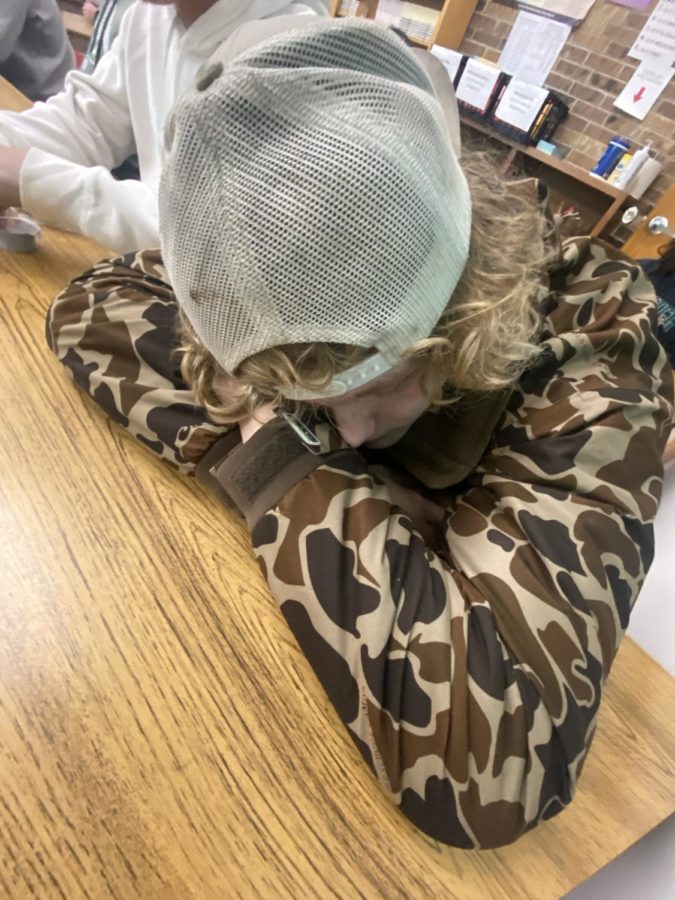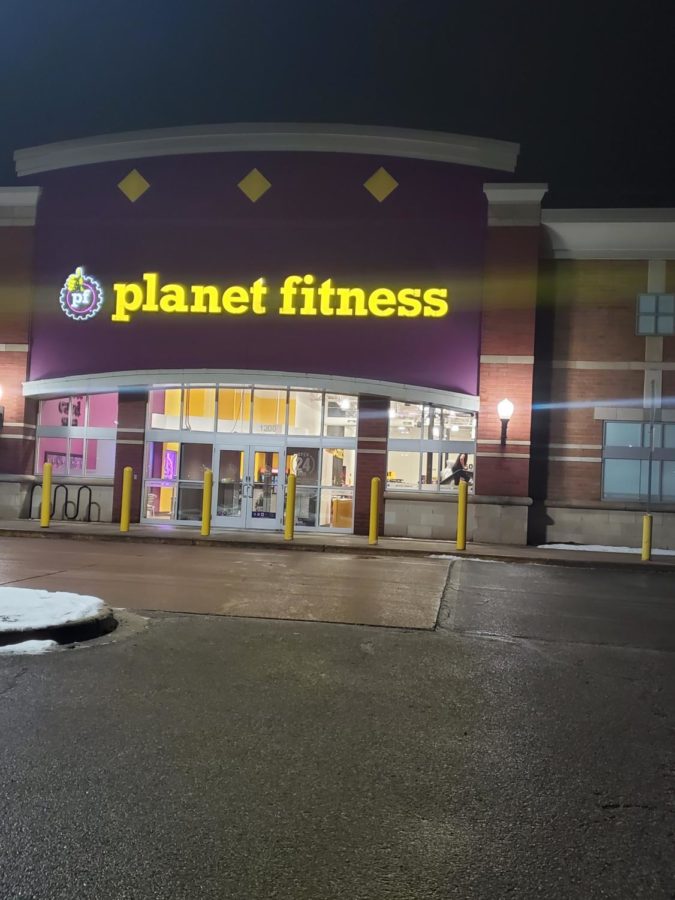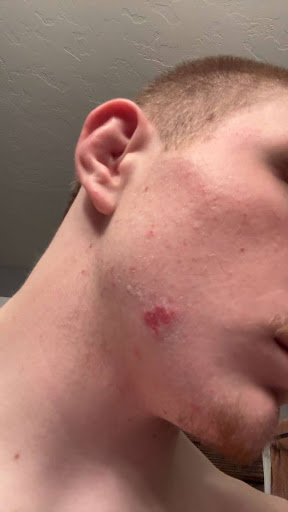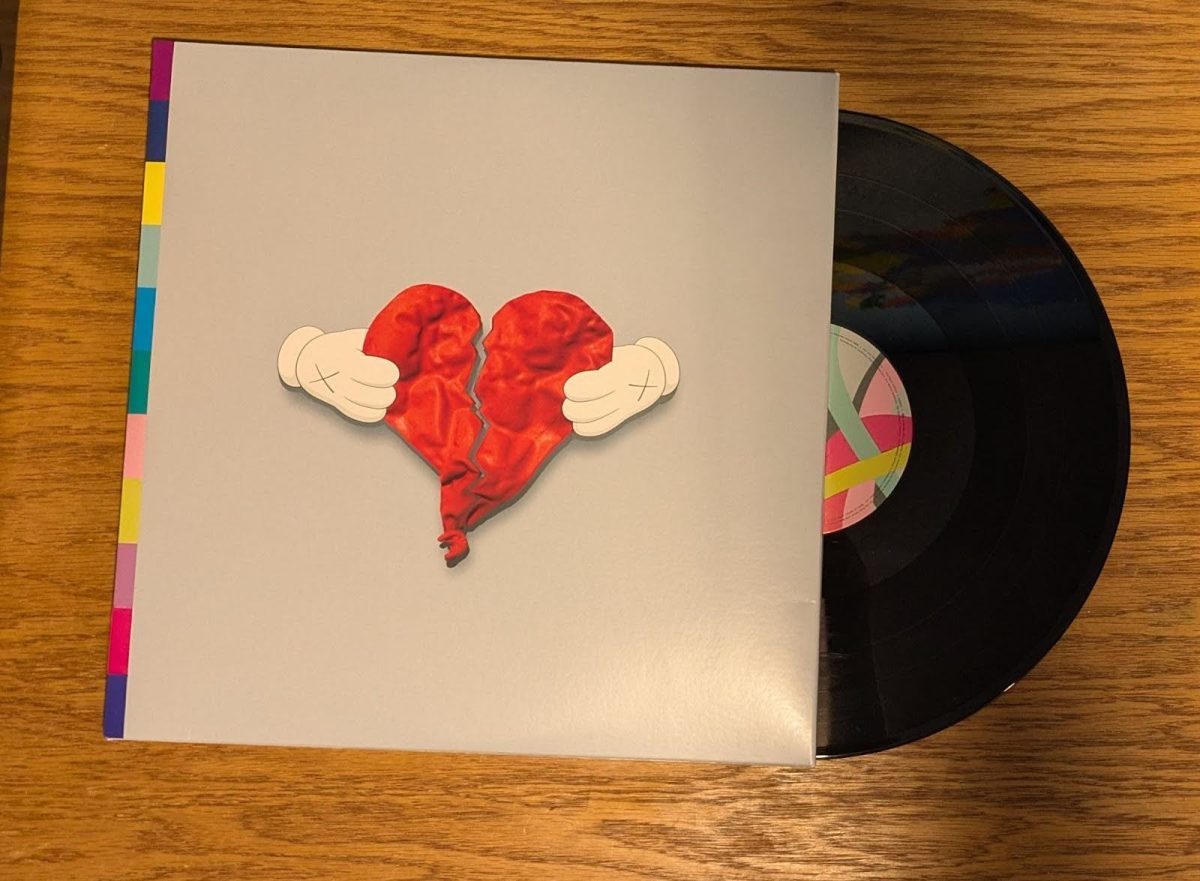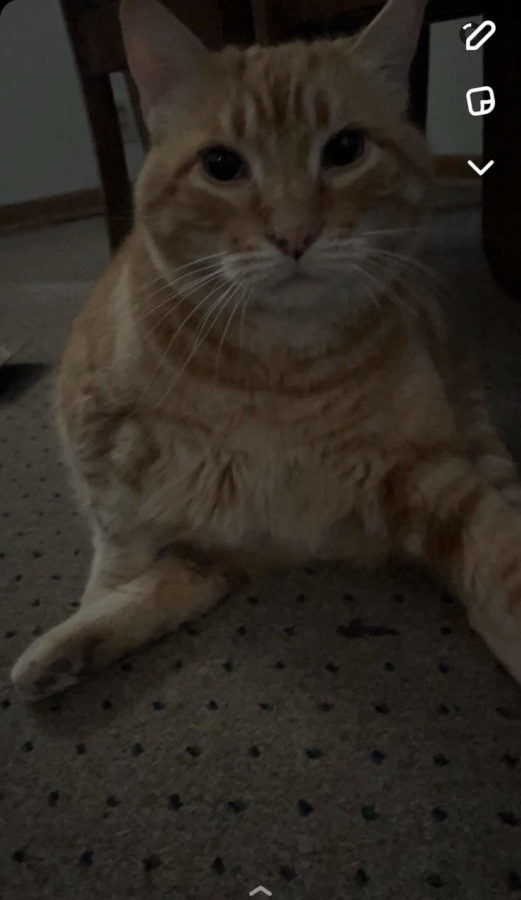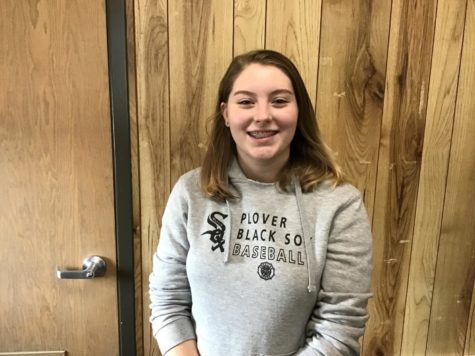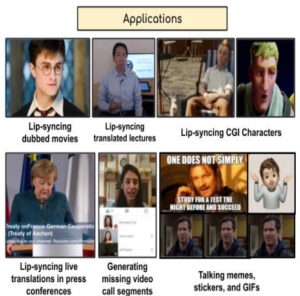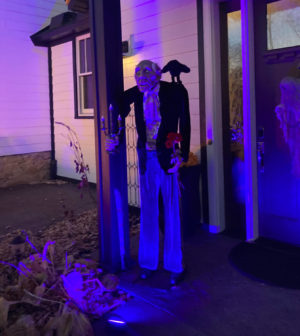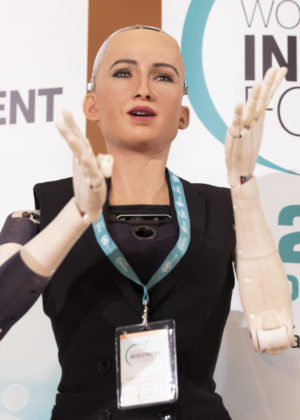COVID-19 Miracle Pill?
January 18, 2022
Friday, March 13, 2020, President Donald Trump declared COVID-19 a national emergency. Nearly two years later, although we have vaccines, there are no treatments that specifically target the coronavirus disease. A COVID-Unit nurse says the typical course of action is Remdesivir, a general antiviral medicine, or antibody treatment. Along with not targeting COVID-19, neither of these treatment options are oral medications. Towards the end of 2021, the pharmaceutical company Pfizer came out with the first oral medicine to fight specifically against the COVID-19 virus, Paxlovid.
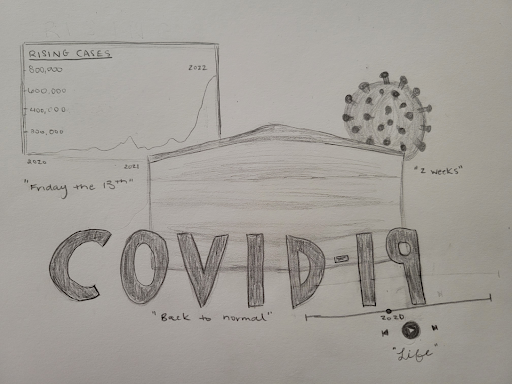
WHAT IS PAXLOVID?
In a study performed by Pfizer, Paxlovid reduced the risk of hospitalization or death by 89%. In addition to such a significant outcome, there were no reported deaths during the trial in the patients who received the new drug. Paxlovid specifically targets the SARS-CoV-2-3CL protease inhibitor, the enzyme COVID-19 needs to replicate; this, in turn, stops the progression of the disease and prevents hospitalization and death. The treatment is given in three tablets, twice a day for five days. Being an oral medication, the hope is that it can be prescribed more quickly than the other current treatments and therefore prevent mild cases from turning severe.
FDA APPROVAL
On December 22, 2021, the United States Food and Drug Administration (FDA) issued an emergency use authorization for Paxlovid. The FDA states that the treatment of Paxlovid is for mild to moderate cases of COVID-19 and for patients who are at high risk for progression to a severe case. Patients must be 12 years or older and must weigh at least 40 kilograms which is about 88 pounds. Patients also need a positive direct SARS-CoV-2 (coronavirus disease) test. Direct tests do not include rapid or at-home COVID-19 tests. Paxlovid is a medication to help control the virus from progressing and is not considered a preventative measure. The FDA urges the public to get vaccinated to slow the spread of the virus.
FROM THE FRONT LINES
The coronavirus has a huge impact on hospitals. There are shortages of supplies, space, and staff. A COVID-Unit nurse says that she will work anywhere from 12 to 16 hours a shift and 36 to 60 hours a week. All of these hours are accompanied by a ton of personal protective equipment (PPE). PPE includes things such as scrubs, N95 masks, goggles, a face shield, gown, and gloves. The nurses are covered head to toe to protect themselves from getting sick.
The hospital this nurse currently works at has 30 COVID-19 designated beds, and for the past six weeks, all of those beds have been full, and all of the current patients are unvaccinated. There are more than 30 COVID-19 patients, so other spaces in the hospital become filled as well. These patients get pushed into the emergency room (ER) until designated COVID-19 spaces become available. The nearest Intensive Care Unit (ICU) bed in Wisconsin is in Tennessee, meaning there are no open beds from here to halfway across the country that are open.
With having patients in places they are not supposed to be and a lack of nurses to cover all areas, many nurses end up doing tasks that are above what they are trained to be doing. For example, ICU nurses are specially trained for bigger medical scenarios whereas an ER nurse may only be trained on baseline medical intervention but now have to perform tasks normally done in the ICU space.
On top of all that confusion, those nurses have to stretch their already thin resources to help their growing number of patients. Patients can be in the hospital anywhere from three days to three weeks. These overworked nurses who take care of the influx of patients “hope to hell that it [Paxlovid] works.”
GOVERNMENT COSTS
An article published by Reuters, states that the United States government would make a deal with Pfizer to pay $5.29 billion for ten million courses of treatment. This translates to paying roughly $530 per treatment. Data from the New York Times shows that there were 3,749,621 new COVID-19 cases between December 17th and 30th. Ten million courses of treatment seem like a lot but with cases rising how long will those treatments last?
WORLDWIDE PANDEMIC OVER?
Pfizer coming out with the first oral medication to specifically target the coronavirus is a huge step in the direction towards putting an end to the worldwide pandemic. With vaccines, variants, and now antiviral medication the goal is for COVID-19 to shift to something more mild and controllable like the common cold or influenza. Once that happens hopefully the world can go back to how it was before.


